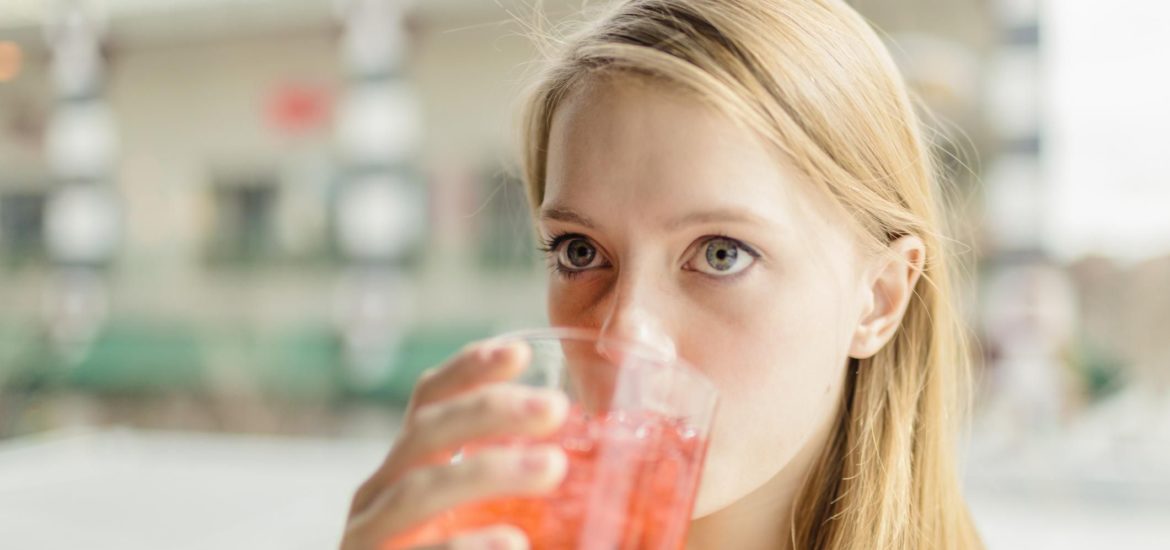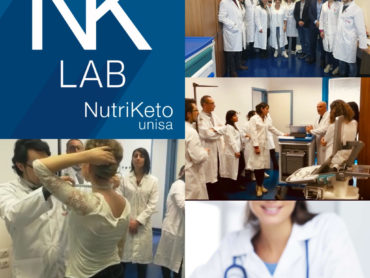Schools is surely an important area of influence for adolescents.
A study published on Public Health Nutrition, reports that in the high schools of Guatemala City a large quantity of carbonated, sweetened and high-calorie drinks is consumed. Their presence in public schools is widespread through advertising, dedicated drink kiosks, vending, marketing and sponsorships at various levels. In parallel, students do not have access to free drinking water during school.
The environment therefore encourages students to buy sugary drinks and this has a big impact on behavior. Guatemalan students consume sugary soft drinks on average 2.5 days each school week, twice the levels of their Canadian peers, who have free access to water at school.
Latin America is the largest global market for carbonated and sugar-sweetened drinks in dollar sales terms and Latin Americans are among the largest consumers of sweetened drinks globally. In parallel, rates of obesity, malnutrition and chronic diseases are very high.
The study suggests that the beverage industry is capitalizing on countries that have less stringent legislation and that do not limit the power of the sweetened and high-calorie beverage industry in schools. Another social and health inequality is that private school students have free access to water taps !!
Godin, Katelyn M., et al. “The school environment and sugar-sweetened beverage consumption among Guatemalan adolescents.” Public health nutrition 20.16 (2017): 2980-2987.









